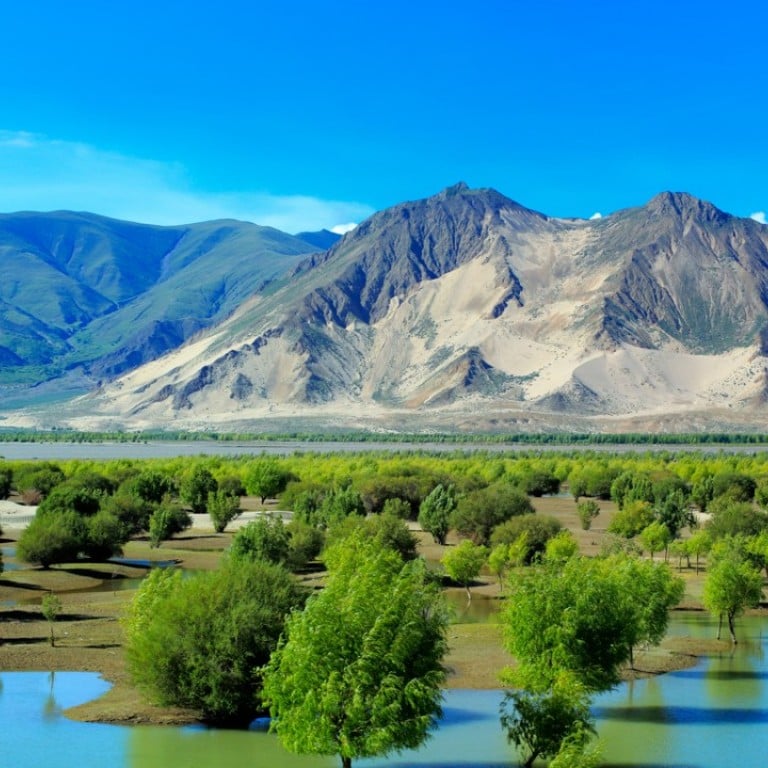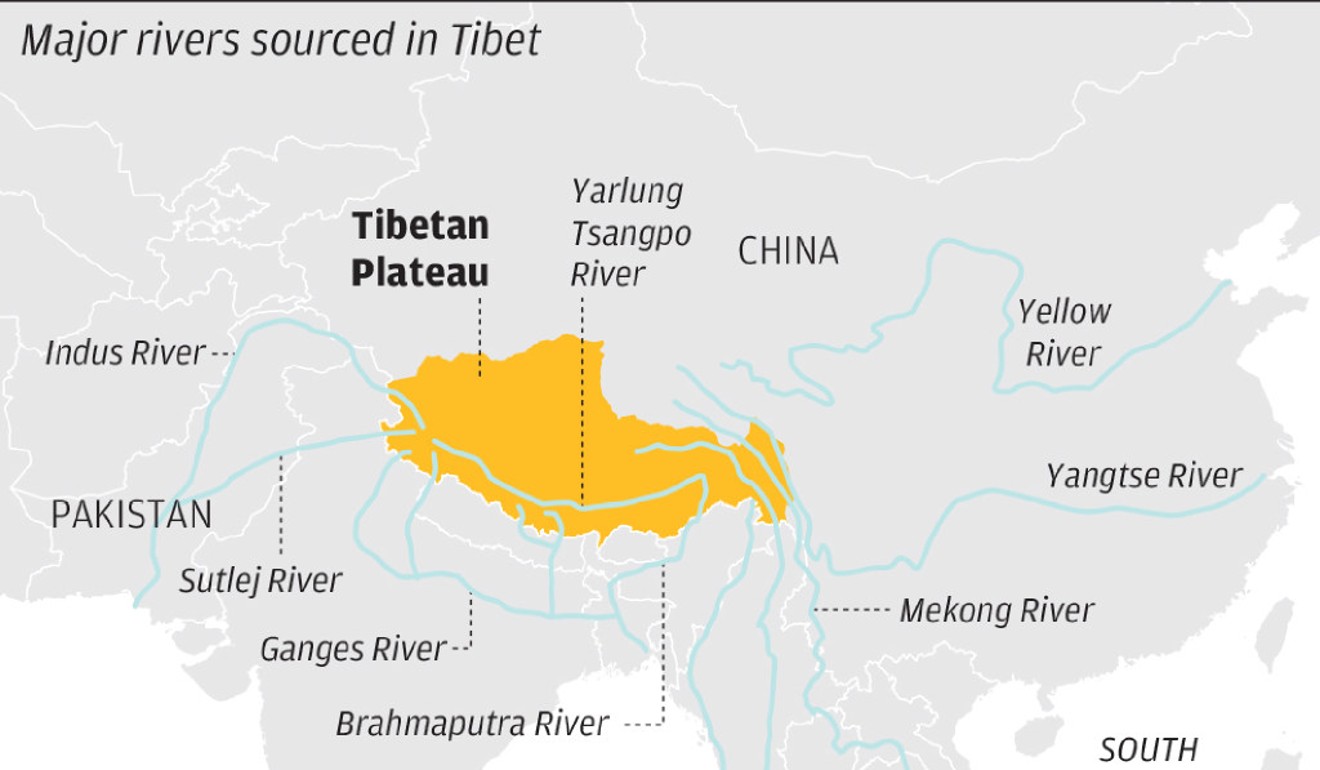
Storm clouds continue to cast shadows over China’s Sky River rain-making project
- Head of research team invites scientists to his laboratory to see for themselves how scheme will work
- Opponents describe plan to produce more rain to feed Yellow River as waste of taxpayers’ money
The debate over China’s plan to develop a weather modification system to direct more rain to the Yellow River at its origin on the Tibetan Plateau and so feed the nation’s arid northern regions continues to rage in scientific circles, with the head of the project inviting researchers to visit his laboratory to discuss it.
Wang Guangqian, the president of Qinghai University and chief scientist on the Sky River project, made the comment in response to a slew of criticism from those who have described it as a “waste of taxpayers’ money”.
“Qinghai is not that far away,” he was quoted as saying in an interview with state news website China.com.cn. “We welcome those who have questions about our work to visit my lab here.”
Qinghai is a province in western China that neighbours Tibet and shares the plateau.
How Chinese scientists hope to control the weather to nourish the mainland’s arid north
The project aims to use intensive cloud seeding in the skies above the plateau to create more than 5 billion cubic metres of rainwater a year that would ultimately flow into the Yellow River, according to a feasibility study funded by the Qinghai government.
“The average run-off volume of the Yellow River has been shrinking over the years,” Wang said in a post on the university’s website on November 30. “We think any possible solutions are worth trying, either irrigational or meteorological.”

But not everyone shares his confidence in the proposed scheme.
“The Sky River project should be examined by scientists from related disciplines before being put into construction,” said Wu Guoxiong, a fellow with the Chinese Academy of Sciences and an expert in atmospheric and climate dynamics. “We should study if it’s worth the taxpayers’ money.”
Lu Hancheng, a climate professor with the National University of Defence Technology in China, was equally upset by the proposal, which he said had not been properly justified.
“It’s unbelievable that a project that has neither scientific evidence nor technical feasibility was approved,” he said.
China needs more water. So it's building a rain-making network three times the size of Spain
The idea for Sky River involves a network of fuel-burning chambers on the Tibetan mountains, which would send silver iodide into the air to accelerate the formation of rain. A group of about 30 small weather satellites would guide the chambers’ operations based on the real-time data they collect by monitoring monsoon activity over the Indian Ocean.
Despite the funding controversy, Huang Yuefei, an irrigation engineer at Qinghai University who is also involved on the project, said it was already under way.
“The project is under construction. We have our own considerations,” he said, without elaborating.

The massive project – which aims to produce rainfall over an area of about 1.6 million square kilometres (620,000 square miles), or roughly 12 times the size of England – has already received about 100 million yuan (US$14.5 million) in funding, according to the Qinghai Science and Technology Department and Qinghai University.
“Our main goal is to increase the volume of the Yellow River at its origin here on the Tibet Plateau,” Wang said in the post on the university’s website. “We are not intervening in China’s climate. A group of international irrigation scientists and meteorologists all confirmed the need and feasibility of the Sky River project.”
About 50 scientists from 10 countries attended a meeting to discuss the project in Beijing in June, he said. The meeting also established the Sky River International Research Network, which will continue to study how China can harness the potential rainfall on the plateau to boost its dwindling rivers.

Wang admitted however that he and his 40-member team still had a lot of work to do before applying the water-transfer theory to real projects.
“We are still experimenting and welcome suggestions from the science community,” he said.
Many Chinese meteorologists complained last month after it was announced that the project team would launch two weather satellites by 2020 to support the Sky River project.
By 2022, a network of six satellites would be operating in space, the commander-in-chief of the satellite programme, Liu Weiliang, said. At that time, the system would be capable of providing real-time data about the weather in Tibet and Qinghai.
Chinese engineers plan 1,000km tunnel to make Xinjiang desert bloom
Three rivers – the Yellow, Yangtze and Mekong – have their origins on the Tibetan Plateau. While the Yangtze and Mekong flow through the southern part of China and have larger water volume thanks to the humid weather there, the Yellow River stays mainly in the north of the country which has much less rainfall.
The aim of the Sky River project is to transfer more water from the Yangtze to the Yellow at their points of origin, using water vapour transport supported by cloud seeding agents and the satellite network.
But Sun Jiming, an atmospheric physics researcher with the Chinese Academy of Sciences, said the idea was little more than a pipe dream.
“There is no comprehensive theory or technology to show how we can precisely control the formation of clouds or rains,” he said. “Scientists are responsible for telling the public the truth and helping the government make the right decisions.”

